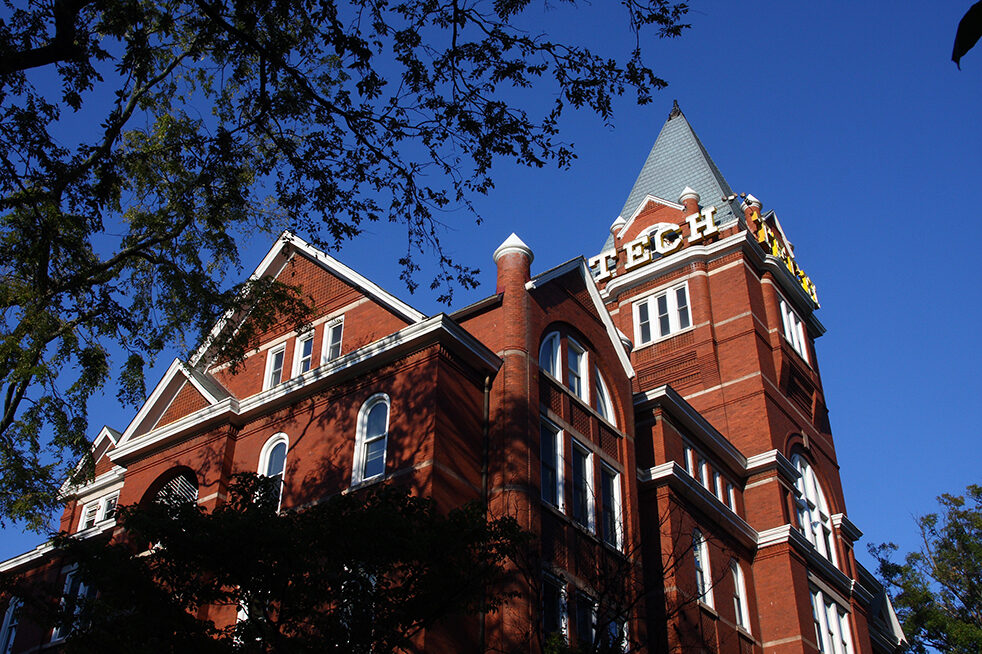In 1961, Tech became the first public university in the Deep South to peacefully integrate without a court order when Ford C. Greene, Ralph A. Long Jr. and Lawrence Williams enrolled as the first Black students.
Two years later in 1963, John Thomas Gill III followed in their footsteps by enrolling at Tech and created his own lasting legacy. He was the first Black Editor-in-Chief of the Technique and the first Black member of ANAK.
From the sixth grade, Gill excelled in mathematics and his parents knew a bright future lay ahead of him, prompting the Atlanta native to move to Rhode Island to attend St. Charles Academy, a Catholic boarding school, in pursuit of a better education. After his third year at the boarding school, Gill made plans to graduate early and apply to three schools: CalTech, MIT and Tech. Both MIT and Tech accepted Gill, and Gill once again found himself back in his hometown to pursue his undergraduate education.
“A lot happened in the sixties,” Gill said. “It wasn’t just that African Americans got to come to Georgia Tech, but co-eds … they didn’t start until a couple years before. I remember that there were 80 at Georgia Tech compared to almost 8,000 students.” Gill referred to female students as “co-eds,” a common term at the time when women were first admitted to the Institute in 1952.
In his last two years at St. Charles, Gill served as the editor of the newspaper, The Hilltopper, so when he arrived at Tech, he knew he wanted to get involved with the Technique and joined the staff in 1964.
After serving as a writer for one year, Gill quickly moved up the ranks as the Copy Editor before becoming Managing Editor from 1965-1966 and then Editor-in-Chief from 1966-67.
“Working on a newspaper like this was almost like being in combat,” Gill said. “Because you make connections and it takes a long time for them to disappear, even spread out to the four corners of the country literally. I was in touch with a couple of people for decades.” Gill wishes he could go back in time and enjoy those days again.
Those days and the position did not come without any pressure, however. When Gill stepped into his Editor-in-Chief position, he did it out of his passion for the paper, but he was aware that it was something bigger than him. Apparently, so did local news outlets, who began reporting on the first Black editor on Tech’s campus.
Gill feels lucky that during his time at Tech, no one made him feel unwelcome on campus or at the paper.
“‘Atlanta the city, too busy to hate’ was a popular phrase at the time, and it felt a similar way at Tech. People here were too busy studying here to pay attention.”
Similarly, when Greene, Long and Lawrence were students here, they felt that their biggest issue was being generally ignored by the campus, according to an interview with the AJC.
During Gill’s most recent visit to Tech a year before the pandemic began, Gill reminisced over all of the major changes made to campus, but one that struck him the most were the statues in Harrison Square. Gill credits the Three Pioneers and The First Graduate, Ronald Yancey, for clearing the path that allowed him to be at Tech.
“There was a lot of new stuff that I saw, but I was just really moved by that statue … it was emotional to see that place after driving by it thousands of times.”
